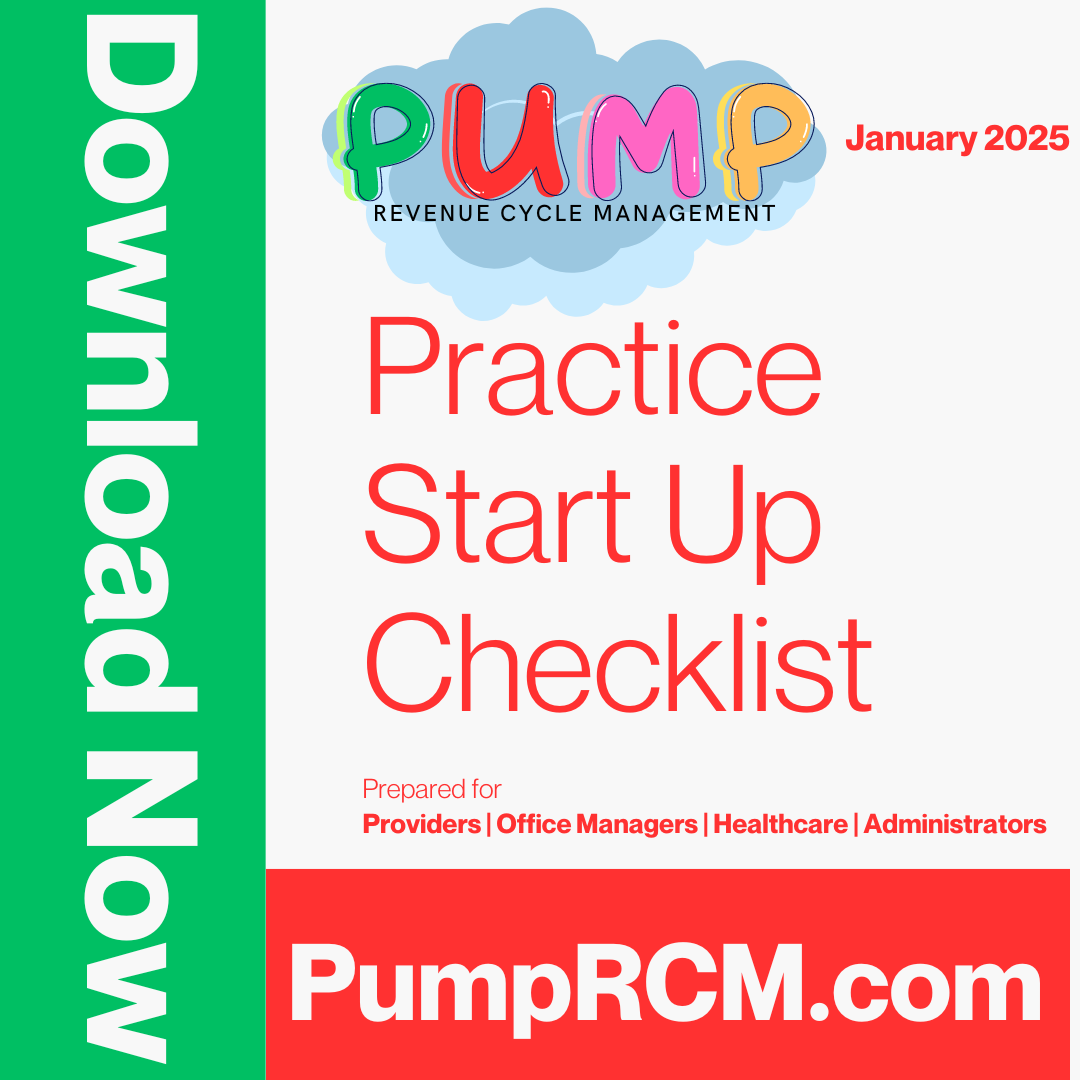Why Healthcare RCM is Crucial for Financial Health And Wellness in Medical Practices
Why Healthcare RCM is Crucial for Financial Health And Wellness in Medical Practices
Blog Article
A Comprehensive Overview on Exactly How Medical Care RCM Functions to Simplify Payment and Collections
Browsing the intricacies of healthcare revenue cycle monitoring (RCM) is crucial for providers aiming to boost their payment and collections processes. The guide unloads the details of RCM, from individual enrollment to receivables administration, supplying insights into maximizing each action. Integrating advanced modern technology and standard procedures can considerably reduce insurance claim denials and accelerate repayment cycles. Yet, the real difficulty depends on effortlessly combining these elements to improve capital. As we check out the core components and techniques that drive performance, one question continues to be: how can medical care entities best position themselves to flourish monetarily in an ever-evolving market?
Comprehending Profits Cycle Management
Grasping the details of Profits Cycle Management (RCM) is important for health care companies intending to enhance their economic efficiency. RCM is an important administrative feature that includes the entire economic procedure of person care, from the preliminary consultation readying to the last payment of the equilibrium. It is an intricate procedure created to determine, collect, and handle the income from the services given to clients. Effective RCM makes certain that doctor get timely and exact payments, lessening the danger of income loss and boosting capital.
The RCM process starts when a person routines a consultation and expands via the person's treatment journey, including billing and collections. An essential purpose is to minimize the time in between supplying a service and receiving settlement, therefore boosting the company's economic wellness. RCM involves numerous features such as individual enrollment, insurance confirmation, fee capture, coding, declares entry, payment posting, and dealing with rejections and charms.
Secret Parts of RCM
In the realm of Profits Cycle Administration (RCM), understanding its vital parts is fundamental to achieving monetary efficiency within healthcare organizations. RCM is an extensive process that encompasses different stages, each vital to making sure reliable billing and collections. The primary parts consist of individual registration, insurance policy confirmation, fee capture, coding, case submission, repayment publishing, and accounts receivable management.


When coded, insurance claims are sent to payers, where precision is critical to avoid rejections or hold-ups - Healthcare RCM. Payment posting includes taping the obtained settlements, which permits the settlement of accounts. Lastly, balance dues monitoring concentrates on tracking and addressing unpaid claims, ensuring timely follow-up and resolution
Each component of RCM is adjoined, and inadequacies in any type of component can interfere with the entire cycle. For that reason, grasping these components is essential for health care suppliers to enhance revenue and enhance their monetary health and wellness.
Methods for Efficient Payment

Standardizing billing procedures throughout the organization is another vital approach. Developing clear guidelines for documentation, coding, and entry helps preserve consistency and conformity with regulatory needs. Educating staff on a regular basis on these procedures makes sure every person is updated with the current changes in billing codes and payer plans.
Exact fee capture is essential in avoiding profits leak. Applying routine audits and surveillance systems enables the recognition and adjustment of inconsistencies before they influence profits. Furthermore, keeping open lines of communication with payers aids to quickly deal with any disputes or misconceptions that might arise.

Lastly, engaging clients early in the invoicing process by supplying clear price quotes and educational materials about their financial obligations can considerably lower complication and improve repayment timeliness. These methods jointly add to a much more economically healthy and effective payment system.
Enhancing Collections Processes
Offered the intricacies of clinical invoicing and the selection of payer demands, improving the collections process includes executing tactical steps that ensure accurate and prompt settlement of services made. Automation tools can more helpful hints assist in tracking claim statuses, sending out timely tips to clients, and handling rejections much more effectively.
Educating personnel to comprehend the nuances of insurance coverage plans and billing codes is similarly crucial. This expertise empowers them to deal with payment disparities swiftly and connect properly with individuals concerning their economic obligations. Furthermore, clear and clear person communications are important. Providing in-depth explanations of charges and providing adaptable layaway plan can enhance individual fulfillment and timely payments.
Regular audits of the collections procedure should be performed to determine areas for enhancement and guarantee conformity with regulations. By examining information, medical care read the full info here companies can identify patterns, prepare for potential concerns, and adjust strategies appropriately (Healthcare RCM). Eventually, a well-enhanced collections procedure not just supports monetary health and wellness but also adds to an extra seamless experience for individuals and staff alike
Optimizing Earnings Streams
Building upon the structure of a strong collections process, medical care organizations can even more bolster their financial security by tactically maximizing earnings streams. This involves a multi-faceted method, beginning with a detailed evaluation of existing income sources to determine inadequacies and areas for development. Using sophisticated data analytics tools allows organizations to get understandings right into payer mix, client demographics, and service usage patterns, permitting for data-driven choices that improve profits capture.
Applying automated invoicing systems can significantly decrease mistakes and expedite claims refining, ensuring that earnings is collected a lot more efficiently. Furthermore, enhancing payer agreements with regular settlements can enhance reimbursement prices and terms, straight affecting the lower line. Diversifying solution offerings, such as incorporating telehealth or wellness programs, can likewise attract a more comprehensive individual base, thus enhancing income possibility.
Another critical part is enhancing patient involvement and fulfillment, as satisfied people are most likely to abide by treatment strategies and make timely repayments. Providing versatile payment alternatives and clear payment techniques can improve collections and foster patient commitment. Healthcare RCM. By embracing these techniques, healthcare companies can create a more resilient financial structure, making sure sustained growth and security in an ever-changing industry landscape
Final Thought
Finally, health care Revenue Cycle Management (RCM) plays an essential duty in maximizing invoicing and collections processes by integrating crucial elements such as client enrollment, insurance policy verification, charge capture, coding, claims submission, and balance due monitoring. By utilizing sophisticated innovation, systematizing treatments, and cultivating patient interaction, doctor can dramatically lower case denials, increase payment cycles, and boost cash money flow. This detailed strategy to RCM eventually causes enhanced financial performance and sustainability for health care companies.
The RCM procedure starts when a patient routines a consultation and expands through the individual's treatment journey, including invoicing and collections.An additional vital component is improving patient engagement and complete satisfaction, as satisfied individuals are more most likely to adhere to therapy plans and make timely settlements. Using flexible settlement options and transparent payment methods can improve collections and foster patient commitment.In verdict, healthcare Earnings Cycle Monitoring (RCM) plays an essential duty in maximizing invoicing and collections processes by incorporating crucial components such as patient registration, insurance policy confirmation, fee capture, coding, claims entry, and accounts receivable management. By utilizing advanced innovation, systematizing treatments, click to investigate and promoting person involvement, medical care providers can dramatically minimize insurance claim denials, increase repayment cycles, and boost cash money flow.
Report this page